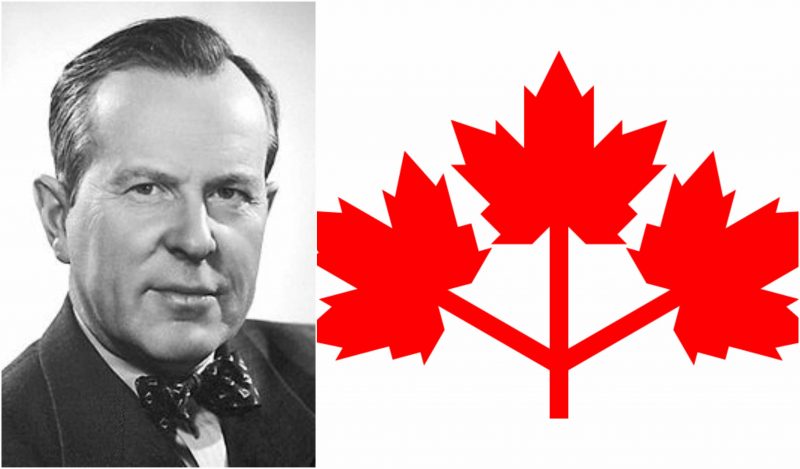This is the man to praise and respect. Lester Bowles “Mike” Pearson was the man who organized the United Nations Emergency Force to solve the Suez Canal Crisis in 1957.
The man who introduced student loans, the Canada Pension Plan, the Order of Canada, and the publicly funded system of universal health care. Oh, and he introduced the Maple Leaf flag.
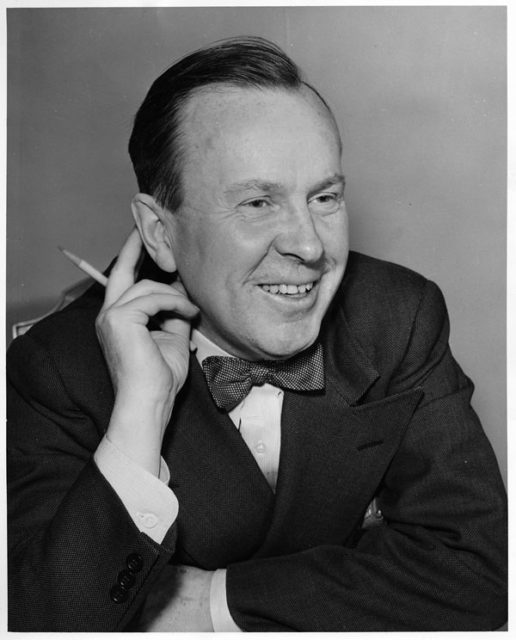
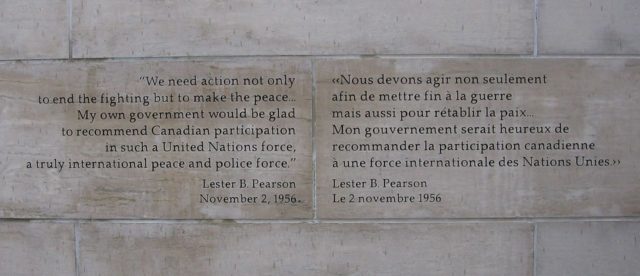
Pearson was born in Newtonbrook in the township of York, Ontario (now a part of Toronto). In 1913, Pearson enrolled at the University of Toronto where he got elected to the Pi Gamma Mu social sciences honor society’s chapter due to his academic skills. He performed best in the fields of history and psychology. After he graduated from the University of Toronto, the future Prime minister of Canada won a scholarship to study at St John’s College, Oxford. Earning an MA degree in history from Oxford in 1925, he returned to the University of Toronto to teach the same subject. That same year, he fell in love with a student, Maryon Moody. They got married, had two children, and remained together until Pearson’s death in 1972.
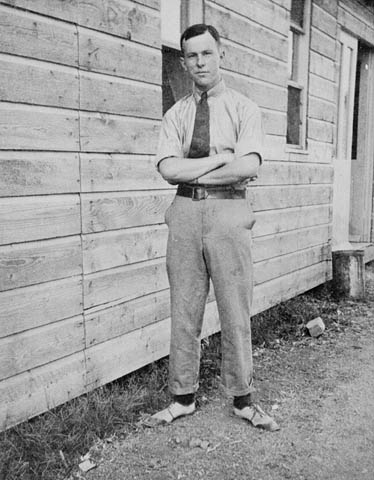
During his time at University, besides his academic proficiency, also showed outstanding athletic skills. He played basketball and excelled in the rugby union. Later, Pearson played for the Oxford University Ice Hockey Club. He played baseball as an infielder with the Guelph Maple Leafs of the Ontario Intercounty Baseball League. As an adult, he played golf and tennis to high standards.
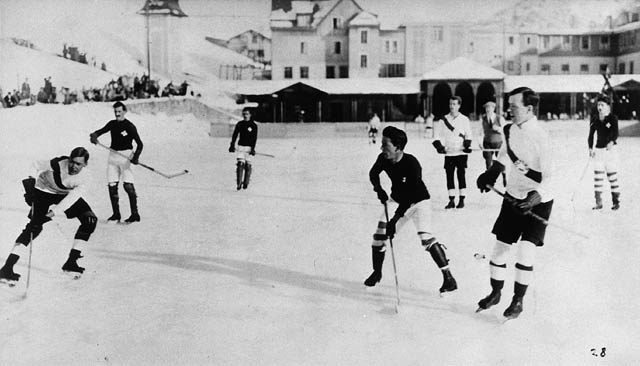
Pearson’s involvement in politics began after scoring the top marks on the Canadian foreign service entry exam in 1927 and entered the Department of External Affairs. Spotted by the Prime Minister at the time, R. B. Bennett, Pearson ascended very fast in the world of politics. Briefly, in 1935 he was appointed to the High Commission of Canada to the United Kingdom and during the WWII he was the second-in-command at Canada House, where he coordinated military supply and refugee problems, serving under High Commissioner Vincent Massey.
In 1942, he was elected as a ministerial counselor at the Canadian Embassy in Washington, D.C. and in 1945, he became the second Canadian Ambassador to the United States and remained so for one year. He also played an important role in the establishing of both the North Atlantic Treaty Organization and the United Nations of which he was supposed to become the first Secretary-General but was vetoed by the Soviet Union.
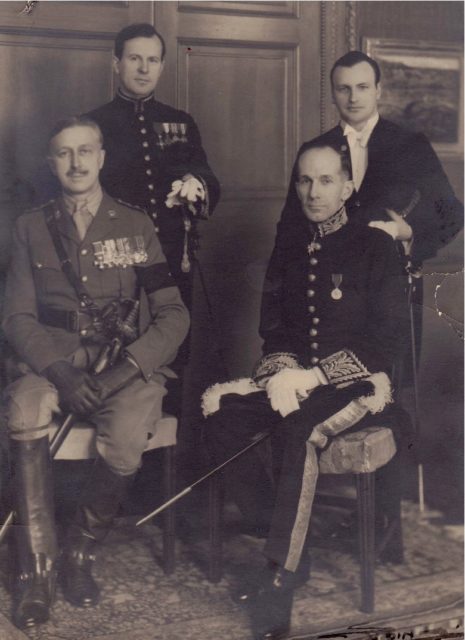
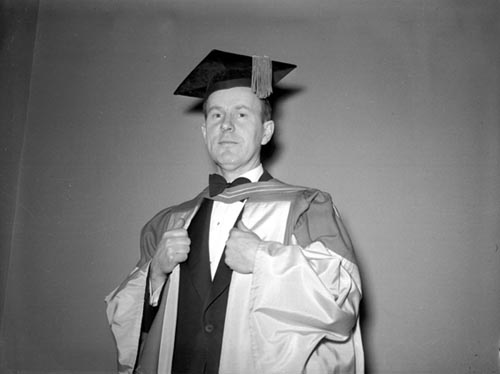
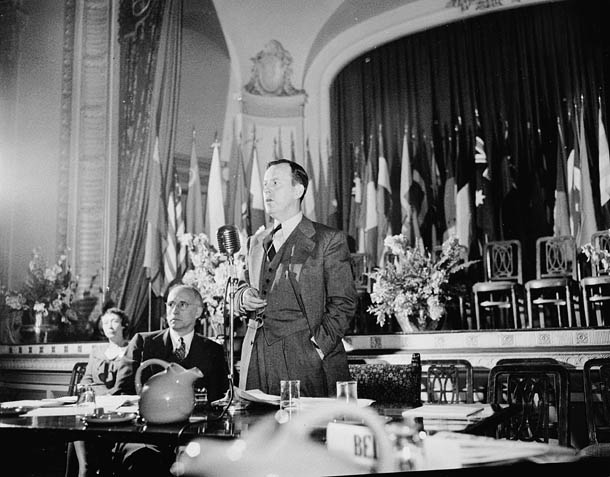

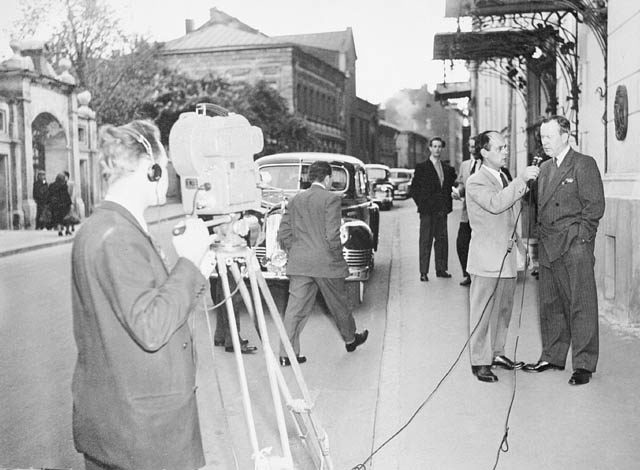
In 1948, Prime Minister Louis St. Laurent appointed Pearson Secretary of State for External Affairs (foreign minister) in the Liberal government. In 1957, Pearson was awarded the Nobel Peace Prize for resolving the Suez Canal Crisis. Pearson and UN Secretary-General Dag Hammarskjöld are considered the fathers of the modern concept of peacekeeping.
In 1963 Pearson became Prime Minister of Canada. Even though he never had a majority in the Canadian House of Commons, he managed to establish many of Canada’s major social programs, including universal health care, the Canada Pension Plan, and Canada Student Loans, and he instituted a new national flag, the Maple Leaf flag. He also instituted the 40-hour work week, two weeks vacation time, and a new minimum wage.
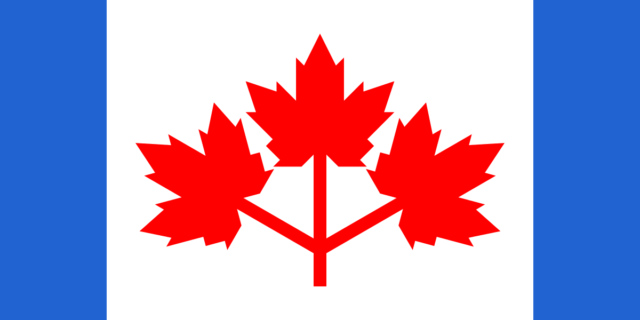
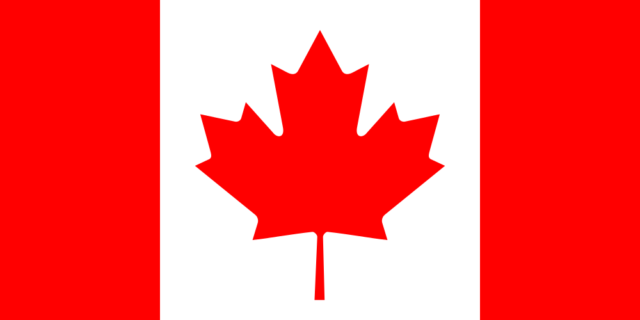
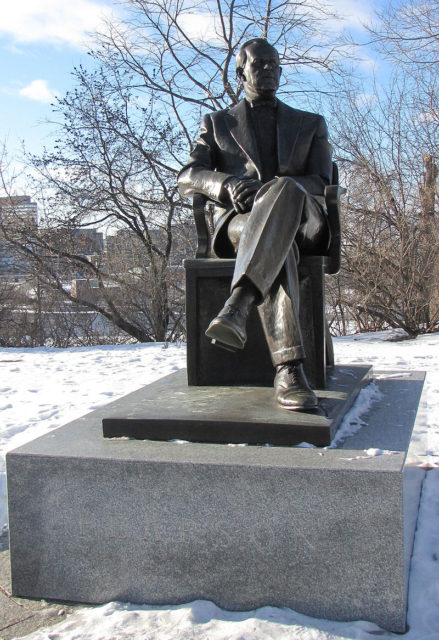
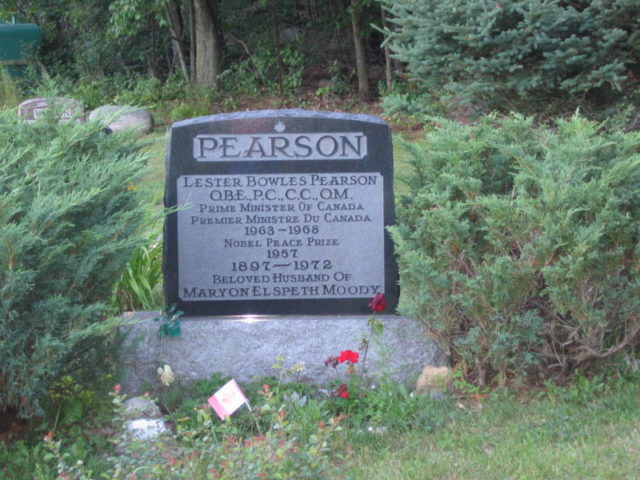
In 1965, Pearson signed the Canada–United States Automotive Agreement (or Auto Pact) and unemployment fell to its lowest rate in over a decade. He also started many Royal Commissions such as the Royal Commission on the Status of Women and the Royal Commission on Bilingualism and Biculturalism which both aimed to promote equality in the country.
Read another story from us: Untouched Meal that is 1,600 years old found in Alberta, Canada
In 1967, Pearson announced his retirement from politics and from 1968 to 1969 served as chairman of the Commission on International Development (the Pearson Commission), which was sponsored by the World Bank. After he retired, Pearson started writing his memoirs and managed to publish the first volume. He had a few chapters of the second volume written by 1972 when he died of cancer. Pearson is buried at MacLaren Cemetery in Wakefield, Quebec.
